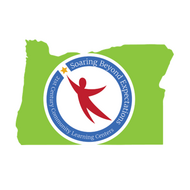Oregon 21st CCLC Program Reflection Tool
(View Complete Item Description)The Program Reflection Tool is organized around Oregon’s Elements of High Quality 21st Century Community Learning Centers (CCLC). These consist of eleven elements of an effective afterschool program, all of which come from evidence-based practice (Finn-Stevenson, 2014; Granger, 2010; Hammond & Reimer, 2006; National Afterschool Association, 1998; Scharf & Woodlief, 2000). Next to each sub-element, you’ll find a list of indicators that describe “high quality” characteristics for each practice/element.
Material Type: Assessment






